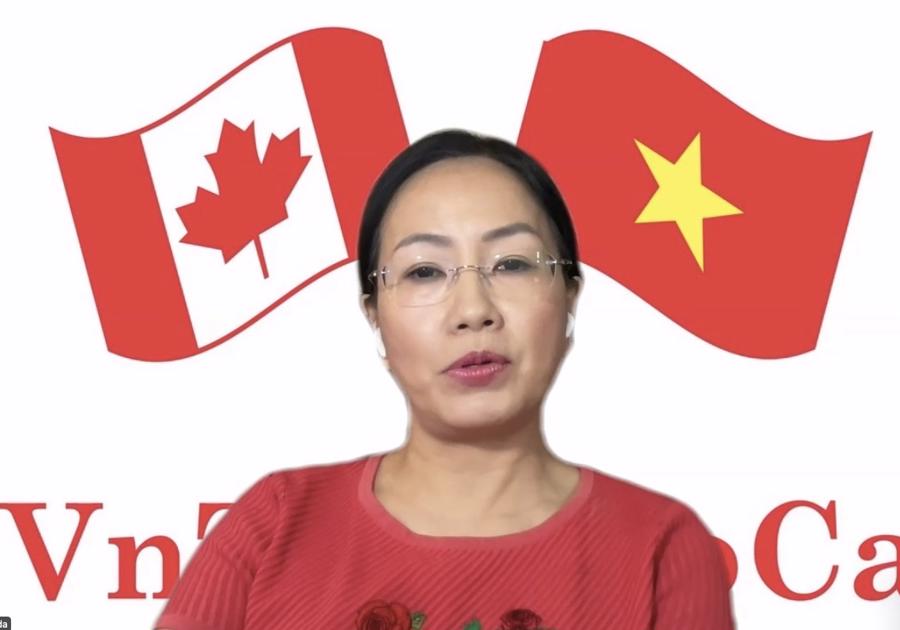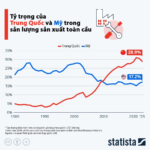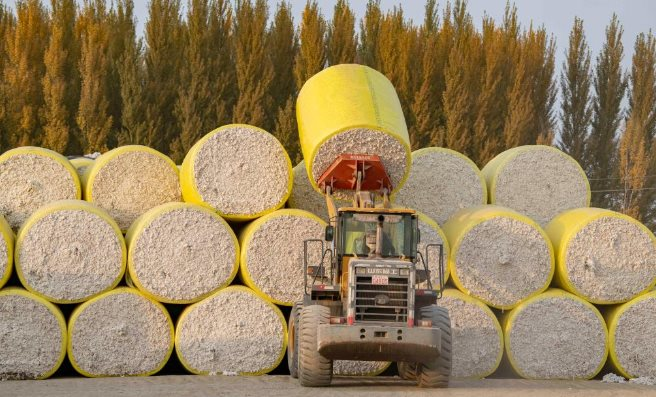At the Trade Promotion Conference with the Vietnamese Trade Office Abroad system in April 2025, with the theme “Proactively adapting to the trade war and the US’ countervailing duty policy: The role of trade promotion and trade offices in protecting and developing export markets,” held on the afternoon of April 28, commercial attachés in many markets such as the US, China, and Canada updated the situation and analyzed the impact of the US’ countervailing duty policy.
CHALLENGES AND OPPORTUNITIES FOR EXPORTS
According to statistics, in the first quarter of 2025, Vietnam’s exports to the US reached 31.4 billion USD, up 22% over the same period, and imports reached 4.1 billion USD, up 21%. This reflects the complementary nature of the two countries’ foreign trade structure, with no direct competition.
Mr. Do Ngoc Hung, Commercial Counselor in the US, said that the US’ imposition of high countervailing duties (46%) would affect Vietnam’s electronics industry, including major manufacturers such as Samsung, Intel, and LG, which are important contributors to exports to the US. This includes increased production costs and reduced competitiveness in the US market.
The labor-intensive textile and footwear industries in Vietnam are predicted to face challenges. High countervailing duties increase prices in the US market, leading to reduced orders from major US brands and retailers such as Nike and Adidas. Declining demand could lead to production cuts, affecting workers’ employment.
In addition, other notable export industries, including furniture and seafood, are expected to be affected by high countervailing duties due to increased costs and reduced competitiveness in the US market.

Regarding the Canadian market, Ms. Tran Thu Quynh, Commercial Counselor in Canada, said that there are more challenges than opportunities for Vietnamese exports to Canada in 2025. For many years, Canada has tried to maintain a low exchange rate policy compared to the US dollar to promote exports. The tariff war has pushed the Canadian dollar (CAD) to plunge further, currently hovering around 0.70, making Vietnamese goods at least 8% more expensive than the previous year.
According to Ms. Quynh, the depreciation of the CAD will significantly impact Vietnam’s ability to promote exports to this market in the last months of the year, especially as Canadian consumers tighten their spending.
In addition to the weaknesses of Vietnamese production, such as uncompetitive prices and high logistics and transportation costs to the Canadian market, limited production capacity, etc., the dependence on US importers to enter the Canadian market is also a danger for Vietnamese goods.
Ms. Quynh said that there is a close interconnection between the Canadian and US markets, and purchasing decisions are largely made by business chain owners based in the US. Currently, 4 out of 10 USD of Vietnamese goods imported into Canada come through the US.
“The difficulty lies in whether there are any strong and interested Canadian importers who can replace the US to import these 4 billion USD worth of goods, especially when Canadian importers are affected by the uncertainty of not only tariffs but also Canada’s domestic situation, and they do not want to expand their business or sign long-term contracts with new partners, especially when Vietnam is still in the group of countries at risk of high tariffs from the US,” Ms. Quynh stated.
Even if there is interest, it will take a long time to shift the supply chain due to the need for new logistics and transportation infrastructure. Recent developments in the US (imposing tariffs on all countries…) will certainly increase border clearance time and delay Vietnamese goods entering Canada, even leading to interruptions, and thus the risk of being replaced by competitors in the South American region.
Not only that, Canada has initiated consultations on the necessity of additional trade measures to protect against the threat of diversion of steel products from third countries into the Canadian market due to recent US trade measures. It is not excluded that Canada will expand the necessary trade measures to all other sectors to counter the diversion of exports from China through third countries into the Canadian market.
TURNING CRISIS INTO OPPORTUNITY
Regarding the challenges of exporting to the US market, Mr. Hung said that the government needs to strengthen diplomatic efforts and negotiations to advocate for the handling of countervailing duty issues. Continue to implement a specific roadmap for Vietnam to protect its trade interests in the face of potential tariff measures from the Trump administration.
At the same time, strengthen strategic cooperation with the US to ensure sustainable development in bilateral relations between the two countries, from industry to trade, investment, energy, artificial intelligence, etc.
Along with that, diversify export markets through FTAs, especially new-generation FTAs. Businesses need to improve their competitiveness, upgrade technology, encourage innovation, simplify business regulations, and improve infrastructure to reduce production costs and enhance product quality.
Regarding the Canadian market, Ms. Quynh said that the dependence of the North American supply chain on the US market poses an urgent task for businesses, associations, and trade offices to have response solutions to ensure that about 4 billion USD worth of goods dependent on US importers to enter Canada continue to reach the Canadian market and quickly seize market gaps.
According to Ms. Quynh, the interconnection between the Canadian and US markets is no longer valid in the current context. Trade promotion and marketing activities in the US do not automatically open the door to the Canadian market.

“There is always an opportunity in a crisis, and this is the time for producers, retailers, and trade intermediaries of both countries not only to shift supply chains but also to shift production, investment, technology, and brand development and create new logistics and transportation infrastructure, shaping the CPTPP ecosystem,” Ms. Quynh assessed.
However, to provide practical support and a basis for businesses’ and associations’ long-term relocation decisions, Ms. Quynh proposed the involvement and coordination of many agencies in providing information.
Specifically, the Tax Department needs to analyze the tax rates that the US will apply to each country according to HS codes, including previous taxes (MFN – Most Favored Nation tariff + CVD – Countervailing Duty), especially providing the final combined tax rate for each product from China to support businesses in evaluating their competitiveness with China and other countries.
The Customs Department should provide information on the list of importers in each market that has imported Vietnamese goods in the last 10 years, coordinate in calculating the value of transit exports and the final destination of Vietnamese goods to have a basis for deploying appropriate trade promotion measures, and strengthen the work of supporting businesses in using preferential rules of origin.
The Foreign Investment Agency should provide information on the list of foreign investors in Vietnam by industry to have a direction for connection and mobilization according to the orientation of strengthening linkages.
Ms. Quynh added that the Trade Office’s effort in the current context is to focus on advocating for experts and projects to develop tools to support HS code classification and determination of origin and tools to calculate the origin of inputs in production that satisfy FTAs.
The Vietnamese Steel Market in Q1 2025: A Tale of Domestic Revival and Export Standstill
The domestic steel industry witnessed robust growth in the first quarter of 2025, with production and consumption on the rise, fueled by an economic rebound and robust public investment disbursements. However, steel exports faced significant headwinds due to international trade barriers, plunging into a deep decline and presenting fresh challenges for steel companies.
The Green Revolution: Celebrating 50 Years of Vietnam’s Agricultural Excellence
Over the past five decades, Vietnamese agriculture has witnessed remarkable progress, evolving from a state of significant scarcity to a country that ensures domestic food security and contributes to global food security as a leading rice exporter. With food security assured, Vietnamese agriculture has gradually transitioned from rice monoculture to a relatively comprehensive agricultural development approach.








![[Photo Essay]: Experts, Managers, and Businesses Unite to Forge a Path Towards Sustainable Green Industry](https://xe.today/wp-content/uploads/2025/07/z678592918-218x150.jpg)












